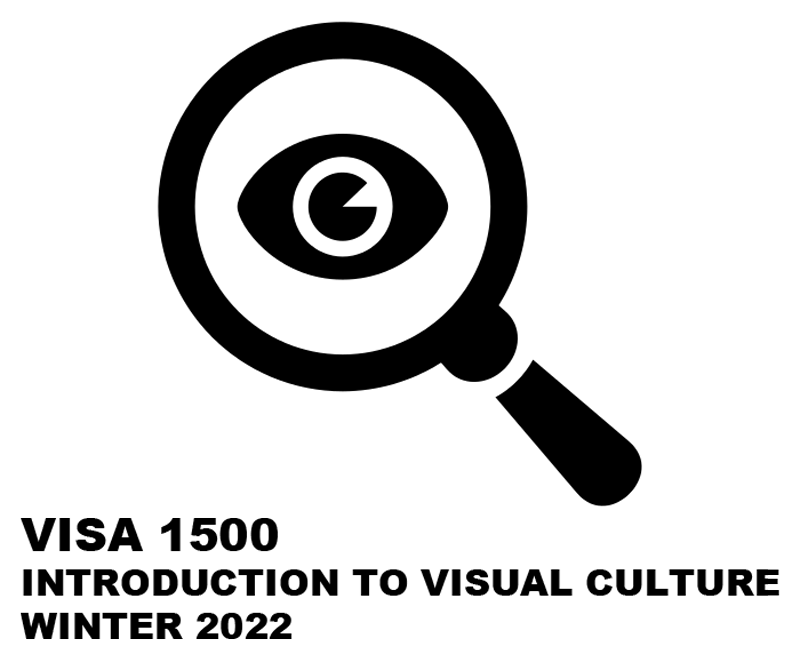The screenshot I captured from Playdate (2025) shows one of the funniest and most chaotic action moments in the film, where Alan Ritchson fights side-by-side with a genetically engineered clone of himself who looks like a kid exactly like his childhood picture but is like a superhuman partner. In this frame, Ritchson is swinging his clone horizontally like a weapon toward a soldier who is charging at them. The scene is set in a bright training facility with overhead industrial lighting, metal beams, and an open floor plan that allows the entire area to be viewed. The lighting is crisp and uniformly distributed, as is typical in action-comedy films, allowing viewers to clearly observe every stunt and exaggerated movement.
The tightness in Ritchson’s face and torso is particularly noticeable in this shot. His muscles are solid and he appears determined, whereas the clone’s body is virtually airborne, bending and flapping like an action prop. It appears intense, but also silly—this balance of danger and comedy is precisely what the film is aiming for. The space behind them, including punching bags and training targets, makes it clear we’re in a controlled environment meant for combat practice, not a chaotic battlefield. With all of these visual cues, the mise-en-scène sets the tone for an action sequence that feels both playful and physically extreme.
In the one-minute sequence around this moment, I counted about twenty-eight to thirty-four edits. The editing is very fast-paced and energetic, which matches what Mathias Stork calls “chaos cinema,” where modern action films use rapid cuts, handheld camera movement, and fragmented shots to create excitement (Stork 2011). However, Playdate doesn’t go to the extreme of losing clarity. Instead, the cuts are fast but still readable, especially because of the bright lighting and wide shots. The camera switches between medium-wide angles (so we can see both fighters and the environment), close-ups on Ritchson’s face, and quick POV shifts from the attackers’ side. These changes helped highlight the rhythm of the fight and also the humor behind it. You’re not supposed to forget you’re watching a movie; the camera movements make you aware of the choreography.
This fits with Geoff King’s idea that action films usually prioritize spectacle, meaning visual excitement over deep storytelling (King 2000). In this scene, the story almost pauses so we can enjoy the absurd moment of a father-figure swinging his clone-child like a baseball bat. Yvonne Tasker also talks about how action films love “spectacular bodies,” where physical strength and motion become central to the film (Tasker 1993). This scene shows exactly that: Ritchson’s muscular build and the clone’s superhuman flexibility are exaggerated to the point where the bodies themselves become the entertainment.
Representation in the scene also follows typical Hollywood action patterns. Most of the people actually fighting are male, which supports Susan Jeffords’ argument about the “hard-body hero”—a strong, physically tough man who expresses masculinity through violence and control (Jeffords 1994). Ritchson clearly fits this image. Even the clone, though shaped like a child, performs aggressive, masculine-coded action. Meanwhile, the soldier attacking them fits into what Sharon Willis describes as the “anonymous enemy body” in action films, where bad guys are often shown as interchangeable and lacking individuality (Willis 1997). That seems to be the case here: the attacker is just another obstacle for the heroes to smash through.
Even though Playdate is a comedy and its violence is intentionally exaggerated and silly, research shows that stylized violence can still influence viewers. George Gerbner’s cultivation theory argues that constant exposure to violent media can make people more accepting of real-world aggression (Gerbner 1998). Bushman and Anderson also found that comedic violence might desensitize viewers because it teaches them to laugh at harm instead of take it seriously (Bushman and Anderson 2001). While I don’t think Playdate causes major real-life harm, it definitely participates in a long tradition of Hollywood action that normalizes violence as entertainment, especially when performed by physically superior heroes.
Since Playdate is a 2025 Amazon Prime release, its success is mostly measured through streaming numbers instead of box-office tickets. While the data is still emerging, it fits into the growing trend of big, flashy action-comedies that skip traditional theaters and go straight to streaming platforms, which is becoming more common each year.
Overall, this single frame captures what makes contemporary action-comedies so distinct: fast, exaggerated violence paired with lighthearted humor, spectacular physical performances, and editing that keeps everything moving at high speed. Even though Playdate treats its action scenes playfully, the film still reflects many of the patterns scholars identify in the genre—such as hyper-masculine bodies, anonymous enemies, rapid editing, and the blending of humor with physical conflict. By examining this moment closely, it becomes clear how these creative choices are not random but part of long-standing trends in Hollywood action filmmaking.
Reference
Bushman, Brad J., and Craig A. Anderson. “Media Violence and the American Public: Scientific Facts Versus Media Misinformation.” American Psychologist 56, no. 6–7 (2001): 477–89.
Gerbner, George. “Cultivation Analysis: An Overview.” Mass Communication and Society 1, no. 3–4 (1998): 175–94.
Jeffords, Susan. Hard Bodies: Hollywood Masculinity in the Reagan Era. New Brunswick, NJ: Rutgers University Press, 1994.
King, Geoff. New Hollywood Cinema: An Introduction. New York: Columbia University Press, 2000.
Stork, Mathias. “Chaos Cinema.” Press Play, Indiewire, 2011.
Tasker, Yvonne. Spectacular Bodies: Gender, Genre and the Action Cinema. London: Routledge, 1993.
Willis, Sharon. High Contrast: Race and Gender in Contemporary Hollywood Film. Durham, NC: Duke University Press, 1997.


Provide Feedback